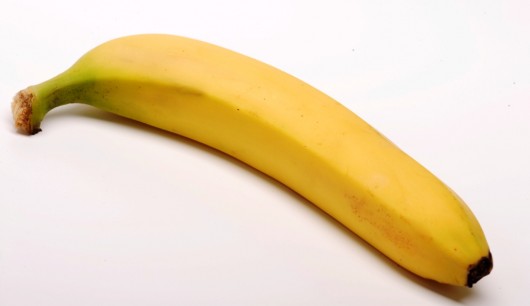Which Fruit Has The Most Selenium?
What Is Selenium?
Selenium is a trace mineral found in the earth’s crust, typically bound to other minerals to make pyrite or other compound materials. It has many interesting properties, including the ability to convert light directly to electricity, and is useful commercially for creating solar panels and photocopiers. Selenium also plays a very important, but not yet fully understood, role in human health.
Benefits Of Selenium In Our Body
In humans, selenium enters the body through foods and attaches to certain kinds of proteins. This forms an enzyme called selenoproteins. These proteins are very powerful antioxidants, attaching to free radicals and prevent them from damaging healthy cells.
Selenium is also important for the immune system. The mineral is involved in a process that helps keep white blood cell counts high, which in turn improves the body’s ability to fight off infection and disease. Selenium is also important for proper thyroid function, as it is important in creating and converting the hormones that are produced by the thyroid which helps keep metabolism humming along at a healthy clip among other important functions.
In addition, there have been some preliminary studies that selenium may help prevent certain kinds of cancers and heart disease. There is even some evidence that selenium helps with male infertility. Symptoms of selenium deficiency include hypothyroidism, fatigue, and possible reproductive issues.
Despite the wide range of benefits that selenium provides, it is important not to get too much selenium. Like many elements that bodies need only in trace amounts, selenium can become toxic at higher levels. Selenium toxicity is called selenosis, and its symptoms include fatigue, nausea and hair loss. It is almost impossible to get too much selenium through foods alone, and eating foods that contain selenium will generally provide beneficial amounts of the mineral without risking an overdose.
Top Fruits For Selenium Content
The amounts of Selenium are given for 100g of each fruit.
1 Banana 1,00 mcg
2 Apple 1,00 mcg
3 Carrot 0,90 mcg
4 Lychee 0,60 mcg
5 Papaya 0,60 mcg
6 Jackfruit 0,60 mcg
7 Redcurrant 0,60 mcg
8 Mulberry 0,60 mcg
9 Elderberry 0,60 mcg
10 Gooseberry 0,60 mcg
11 Mango 0,60 mcg
12 Guava 0,60 mcg
13 Orange 0,50 mcg
14 Pomegranate 0,50 mcg
15 Watermelon 0,40 mcg
16 Strawberry 0,40 mcg
17 Lemon 0,40 mcg
18 Melon (Cantaloupe) 0,40 mcg
19 Lime 0,40 mcg
20 Blackberry 0,40 mcg
21 Tomato 0,40 mcg
22 Pumpkin 0,30 mcg
23 Cucumber 0,30 mcg
24 Kiwi 0,20 mcg
25 Raspberry 0,20 mcg
26 Fig 0,20 mcg
27 Blueberry 0,10 mcg
28 Peach 0,10 mcg
29 Grape 0,10 mcg
30 Grapefruit 0,10 mcg
31 Pear 0,10 mcg
32 Passion Fruit 0,10 mcg
33 Tangerine 0,10 mcg
34 Cranberry 0,10 mcg
35 Apricot 0,10 mcg
